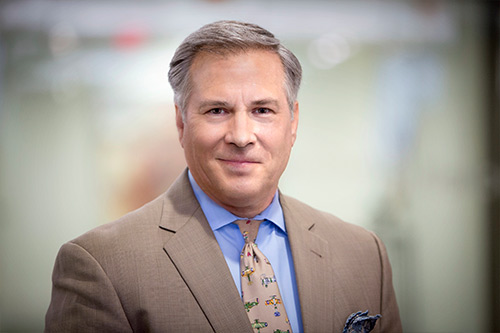How would you like to be this pilot: After a visit to a Shreveport, LA casino, he returns to Arlington, Texas with his family in their Cessna 210. Upon landing, the pilot is told that the secret service wants to have a chat with him about his violation of the presidential TFR around Waco, TX. (Just for reference, the Waco TFR is almost due south from Arlington, nowhere near a direct flight path from Shreveport to Arlington). He and his family are then detained for an hour while the secret service refuses to believe his story. In the meantime, the pilot of the aircraft that allegedly violated the TFR and who arrived in Arlington ten minutes before the C210-driver, had already left the airport. True story.
The sad thing here is that it took an hour for the secret service to open their ears. Although the pilot apparently told them from the start that he arrived from Shreveport, in the end, the pilot had to call flight service and have them confirm his flight path. Why this wasn’t done right away, I am not sure. I highly doubt that the C210-driver and his family either presented or appeared to be a terrorist threat.
It is apparent to me, however, that they are still unable to accurately assess and track supposed aerial threats. It doesn’t sound like the secret service ever identified the alleged violating aircraft before it landed at Arlington. My guess is that the airport worker at Arlington made the mistaken ID because the C210-driver just happened to be putting his aircraft away when the he received the call from the secret service. No doubt about it, they still don’t have security right.
Of course this presumes that a violation of a thirty-mile TFR really warrants such measures. And if flying through the TFR is such a serious security breach, then it seems strange to me that an aircraft could fly through the Waco TFR, land at Arlington and then leave before anyone was able to identify the aircraft or the pilot. Oh well. At least in the end the C210-driver was actually able to convince the secret service that he wasn’t a threat to national security and allowed to go home with his family.


